





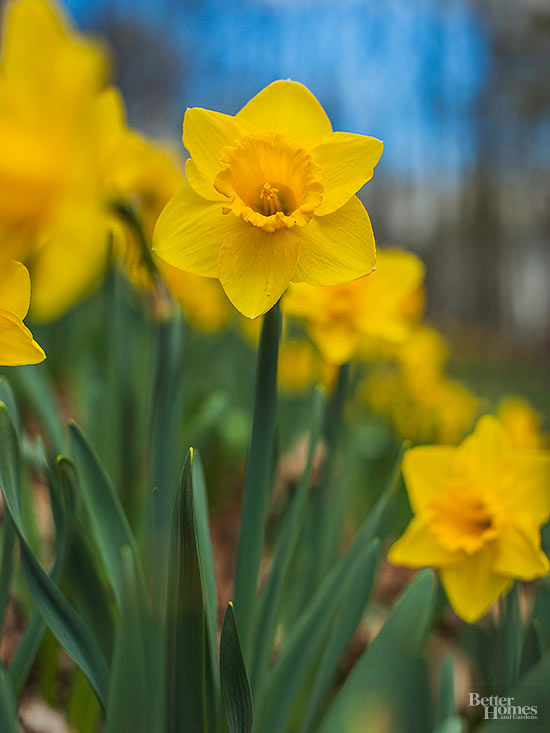
Whether you call them daffodils, jonquils, or narcissus, these cheery blooms are a sure sign of spring, and fall is when these bulbs should be planted.
Slide Show: Gallery of Daffodils
continue reading belowDaffodils are hardy in Zones 3-7 or 4-9, depending on cultivar or species. If you live in the South (Zone 8 or warmer), precool your bulbs before planting by placing them in the vegetable drawer of your fridge for 6 to 8 weeks prior to planting; don't store with apples, which emit ethylene gas that prevents bulbs from blooming.
Prepare the soil by tilling 6 to 12 inches deep; amend with compost and sand for drainage. Daffodils can handle shade from deciduous trees, but not permanent shade cast by evergreens. Plant bulbs pointy sides up, 6 inches deep and 6 inches apart; for a 100-square-foot bed, you'll need 400 bulbs. In the North, try to plant your bulbs 6 to 10 inches deep -- they'll be less likely to be disturbed by frost heaves or the cultivation of later-blooming flowers.
Avoid planting too few daffs; they look best planted en masse. At about $1 a bulb in the stores, however, they aren't cheap; for large purchases, a better source is mail-order catalogs. One such is Van Engelen, Inc. (860-567-8734; www.vanengelen.com), which sells bulbs in bulk, making the per-bulb price affordable. Buy bulbs that are top-size (DNI) or at least DNII; you may wait years for smaller bulbs (DNIII) to bloom.
Learn more about another beautiful spring-blooming bulb, crocus.
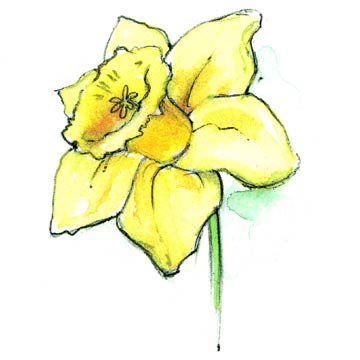
A classic trumpet cultivar, 'Spellbinder' sports immense blooms a full 4 1/2 inches wide on 18- to 20-inch plants. The entire bloom starts out a clear yellow, then the petals mature to a deeper chartreuse yellow, while the trumpet turns a creamy white. 'Spellbinder' features a light fragrance, too. It was first introduced in the 1940s.
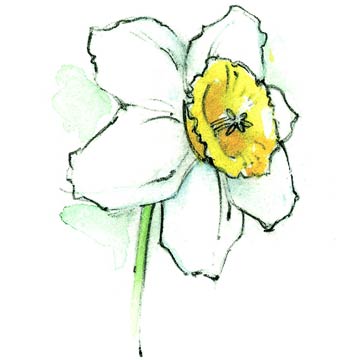
'Ice Follies,' a large-cupped cultivar, produces 4-inch blooms of icy white petals embracing a wide yellow trumpet; it grows 18 to 20 inches tall.
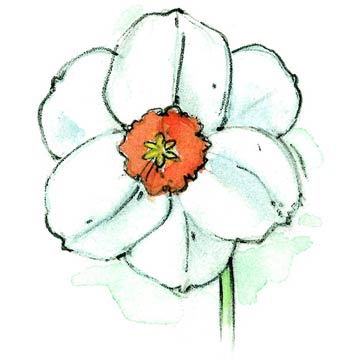
White petals, tinged with yellow at the base, and a small orange cup are the highlights of the 14- to 16-inch-tall 'Barrett Browning.'
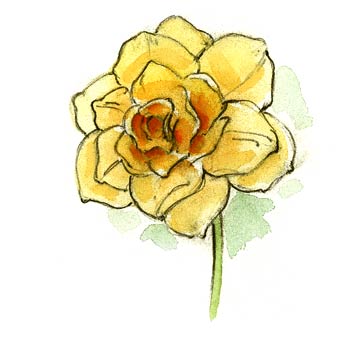
Sweetly fragrant, the 4-1/4-inch blooms of 'Manly' are fully double, with creamy yellow petals and short, orange ruffles; it grows 14 to 16 inches tall.
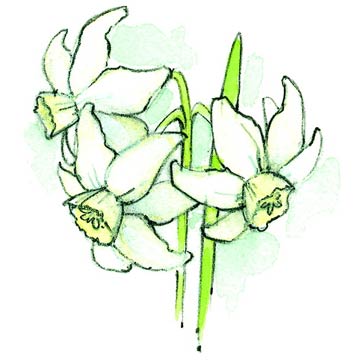
A triandrus cultivar, 'Petrel' bears several 2-inch blooms per 12-inch stem, each a delicate ivory white with cups tinged palest yellow.
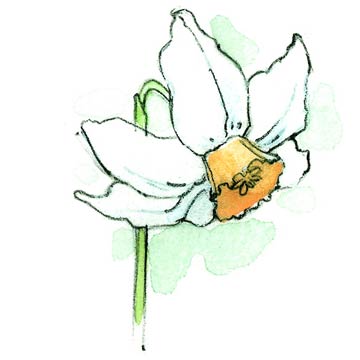
The white, reflexed petals of 'Reggae' overlap, setting off a funnel-shape cup of apricot-pink on this cyclamineus cultivar; it grows 10 to 12 inches tall.
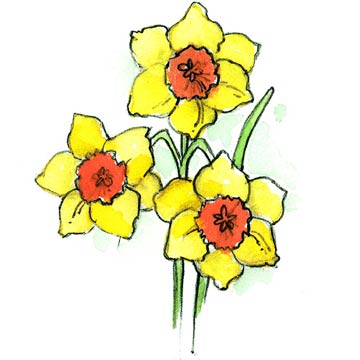
'Suzy' grows 16 inches tall and bears highly fragrant blooms of bright yellow petals and red-orange cups; a jonquilla cultivar, it's perfect for naturalizing.
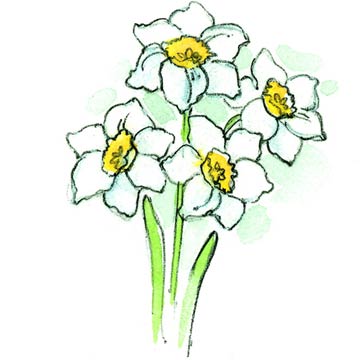
Each 16- to 18-inch stem produces multiple blooms of pale yellow cups with white petals; a tazetta cultivar, 'Avalanche' is ideal for the South.
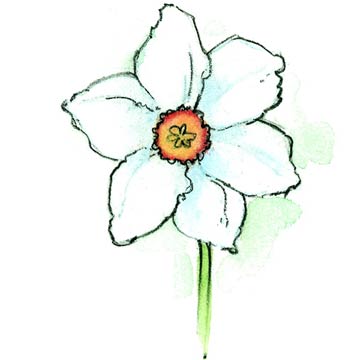
An all-time classic, the poeticus cultivar 'Actaea' sports 3-1/2-inch white blooms with shallow cups of deep yellow edged in red; it grows 16 inches tall.
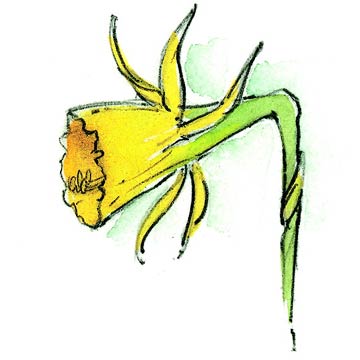
A type of wild species daffodil, known to horticulture experts as Narcissus bulbocodium conspicuus, the hoop-petticoat daffodil grows 5 to 6 inches tall and bears golden yellow, hoop-shape blooms; it originated circa 1630.
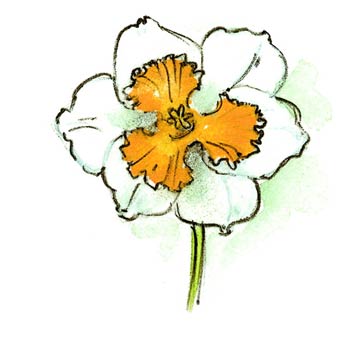
A split-corona (or butterfly) cultivar, 'Tricollet' sports an orange cup that's split into thirds and splayed against white petals; it grows 16 inches tall.
Copyright © www.100flowers.win Botanic Garden All Rights Reserved